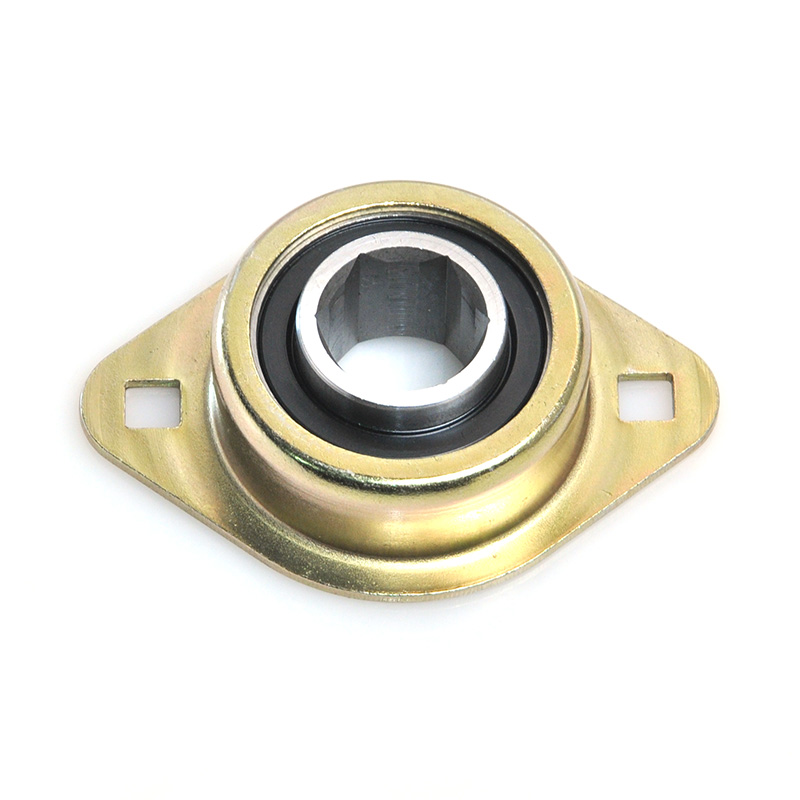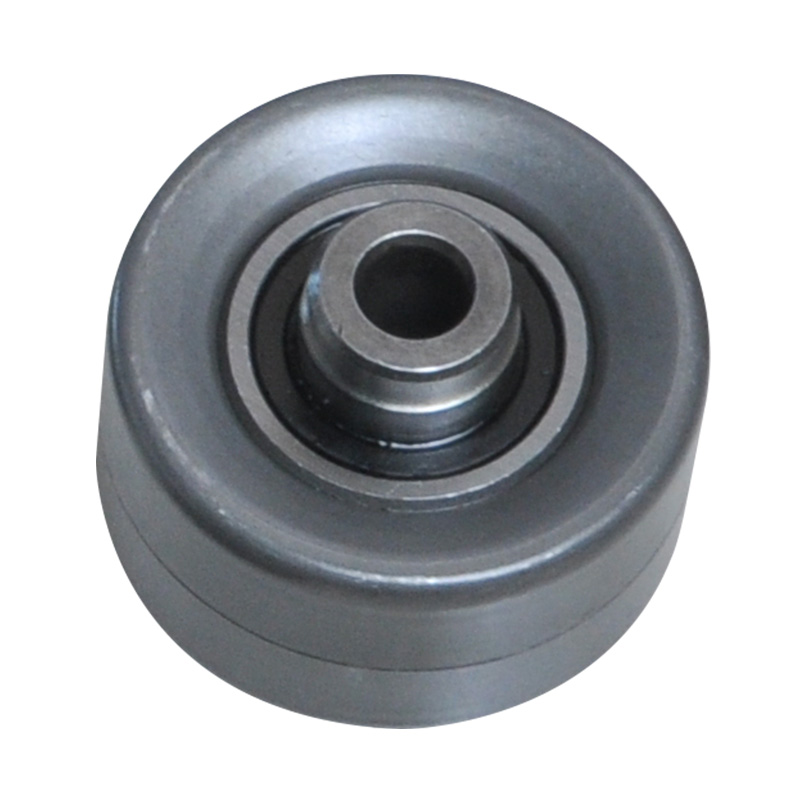As core components of automotive transmission, steering, and braking systems, auto bearings bear radial and axial loads while ensuring smooth rotation of parts like wheels, engines, and gearboxes. Their service life directly relates to vehicle safety, reliability, and maintenance costs. What factors specifically impact...
READ MORE-
-
1.What is Hydraulic Clutch Release Bearing? The hydraulic clutch release bearing, also referred to as a concentric slave cylinder (CSC), represents a significant evolution in clutch actuation technology. This integrated component consolidates the hydraulic slave cylinder and the clutch release bearing into a single, co...
READ MORE -
1.What is Mechanical Clutch Release Bearing A mechanical clutch release bearing, fundamentally, is a specialized bearing unit that functions as the critical interface between the rotating clutch assembly and the stationary actuation mechanism. Unlike a standard radial ball bearing, it is designed to withstand significa...
READ MORE
1. Concept and Definition
A non-standard bearing is a bearing that deviates from the established dimensional, geometric, or performance specifications of standard bearing series (e.g., those defined by organizations like ISO or ABMA). These bearings are engineered and manufactured to meet specific requirements that off-the-shelf standard bearings cannot fulfill.
The need for non-standard bearings arises from unique design constraints in various applications. These constraints may include:
Limited Space: Unusual housing bores, outside diameters, or widths.
Special Load Conditions: Requirements for handling specific combinations of radial, axial, or moment loads not typical for standard sizes.
Integrated Components: The need for the bearing to incorporate other functional parts, such as gears, flanges, seals, or specific mounting features.
Environmental Factors: Operation in extreme temperatures, corrosive environments, or under vacuum conditions.
2. Common Types of Non-standard Bearings
Non-standard bearings encompass a wide array of designs, often custom-tailored. Some prevalent categories include:
Automotive Clutch Release Bearings: Also known as throw-out bearings, these are a prime example of highly specialized non-standard bearings. They are designed to engage and disengage the clutch in manual transmissions. Their design often includes a bearing unit integrated into a plastic or metal housing with specific mounting interfaces, and they must withstand high axial loads and rotational speeds while operating with minimal lubrication.
Bearings with Special Dimensions: These are bearings based on standard designs (e.g., deep groove ball bearings) but with non-standard bore diameters, outside diameters, or widths to fit a proprietary housing or shaft.
Bearings with Integrated or Modified Components: This category includes:
Flanged Bearings: Bearings with an integral flange for simplified mounting and axial location.
Extended Inner Ring Bearings: Bearings where the inner ring is extended to facilitate sealing or mounting of adjacent components.
Bearings with Special Seals or Shields: Customized sealing solutions for unique contamination or lubrication retention challenges.
Split Bearings: These bearings are manufactured in two or more pieces, allowing for installation and removal without disassembling surrounding machinery, which is invaluable for maintenance in confined spaces or on large shafts.
Miniature and Instrument Bearings: Extremely small, high-precision bearings used in applications like medical devices, optical instruments, and precision robotics, where standard sizes are too large.
3. Applications
Non-standard bearings are indispensable in industries where equipment design is highly specialized.
Automotive Industry: Beyond clutch release bearings, they are used in specialized transmissions, electric vehicle components, power steering systems, and auxiliary units where space and interface requirements are unique to each vehicle platform.
Companies like Xinchang Heyang Auto Parts Co., Ltd. specialize in such components for a global automotive market, supplying bearings for vehicles from Japan, Korea, Germany, the USA, and others.
Industrial Machinery: Conveyor systems, printing presses, textile machinery, and food processing equipment often use non-standard bearings to optimize performance and simplify assembly.
Aerospace and Defense: These sectors require bearings that can operate under extreme conditions of temperature, speed, and load, often with stringent reliability and weight requirements, necessitating fully custom solutions.
Agriculture and Construction: Heavy-duty machinery in these fields uses robust, often large-diameter, non-standard bearings in applications like pivot points, rollers, and gearboxes.
4. Comparison: Standard vs. Non-standard Bearings
| Feature | Standard Bearings | Non-standard Bearings |
| Availability | Readily available from stock or short lead times. | Require custom manufacturing, leading to longer lead times. |
| Cost | Lower cost due to mass production. | Higher unit cost due to custom engineering, tooling, and lower production volumes. |
| Design Flexibility | Limited to predefined sizes and configurations. | High flexibility; can be tailored to exact dimensional, performance, and material requirements. |
| Application | Suitable for general-purpose applications. | Essential for applications with unique spatial, load, or integration constraints. |
| Interchangeability | Highly interchangeable between manufacturers. | Typically proprietary to a specific machine or system; not directly interchangeable. |
5. Frequently Asked Questions (FAQ)
Q1: What is the typical lead time for a non-standard bearing?
A1: Lead times vary significantly based on the complexity of the design and the manufacturer's production schedule. It can range from several weeks for a simple modification to many months for a completely new, complex design.
Q2: How is quality assured for custom-made bearings?
A2: Reputable manufacturers implement rigorous quality management systems. This includes material certification, dimensional checks throughout the production process, performance testing (e.g., noise, vibration, life testing), and functional validation. For instance, some automotive component manufacturers guarantee their product quality for a specific operational lifetime, such as 50,000 kilometers or more.
Q3: What information is required to request a non-standard bearing?
A3: To provide an accurate quotation and design, manufacturers typically require:
Detailed dimensional drawings or CAD models.
Load conditions (radial, axial, moment).
Operational speed (RPM).
Environmental conditions (temperature, presence of contaminants).
Lubrication type and regime.
Mounting and sealing requirements.
Q4: Are non-standard bearings less reliable than standard ones?
A4: Not necessarily. When properly designed, manufactured, and applied for their specific intended use, non-standard bearings can be equally or even more reliable than standard bearings. Their reliability is a direct function of the design process, material selection, manufacturing quality control, and correct application.
 +86-13867573512
+86-13867573512





